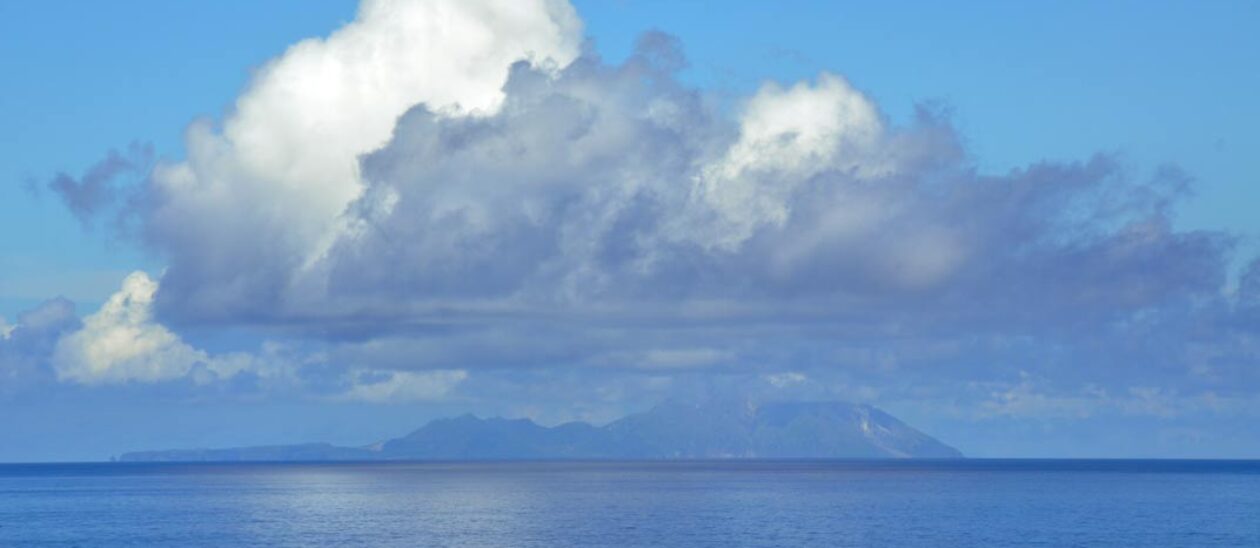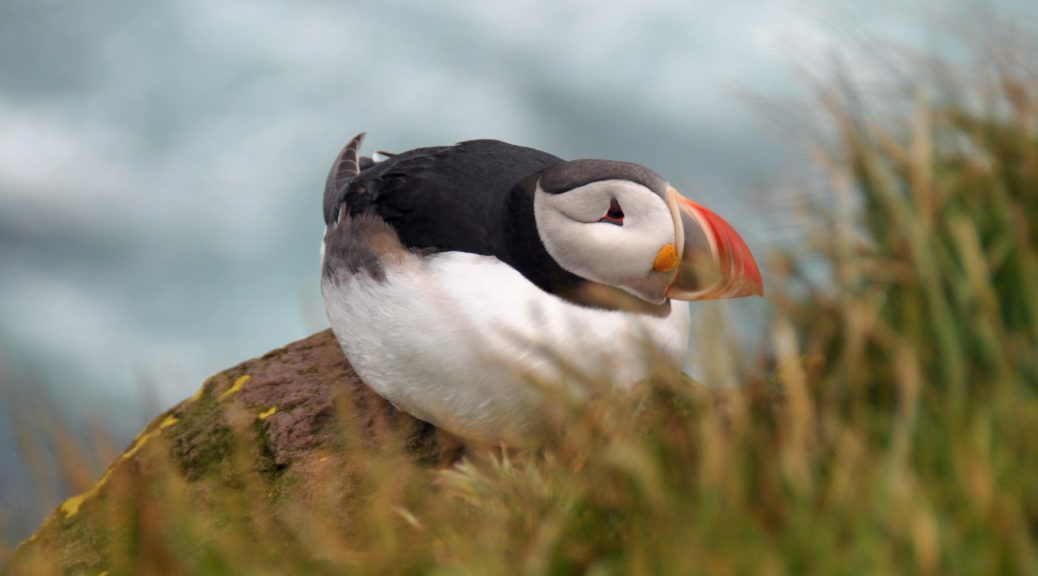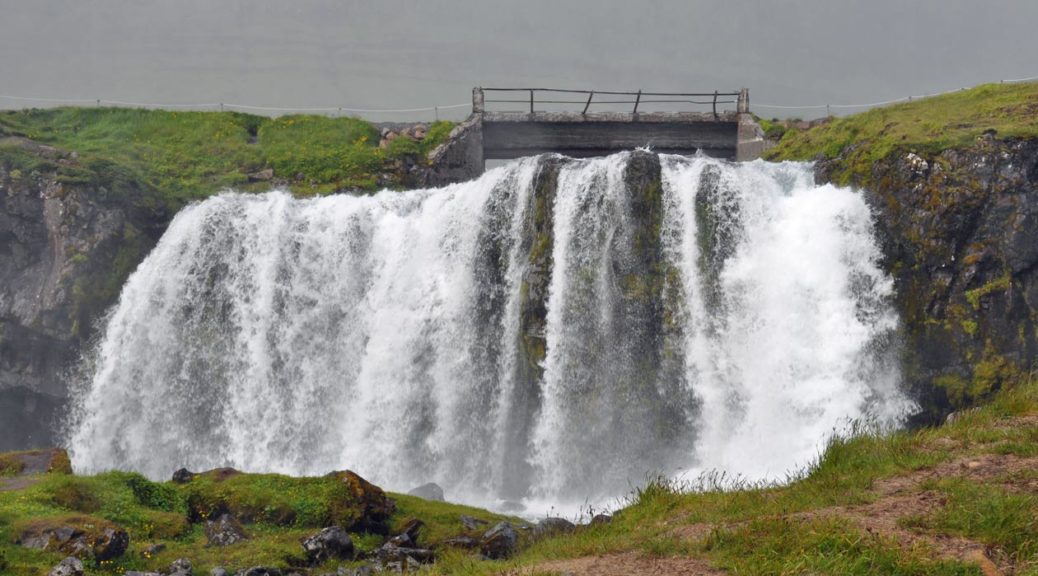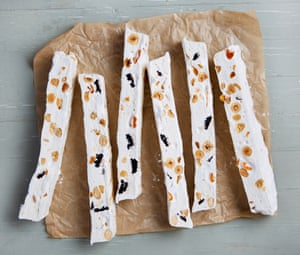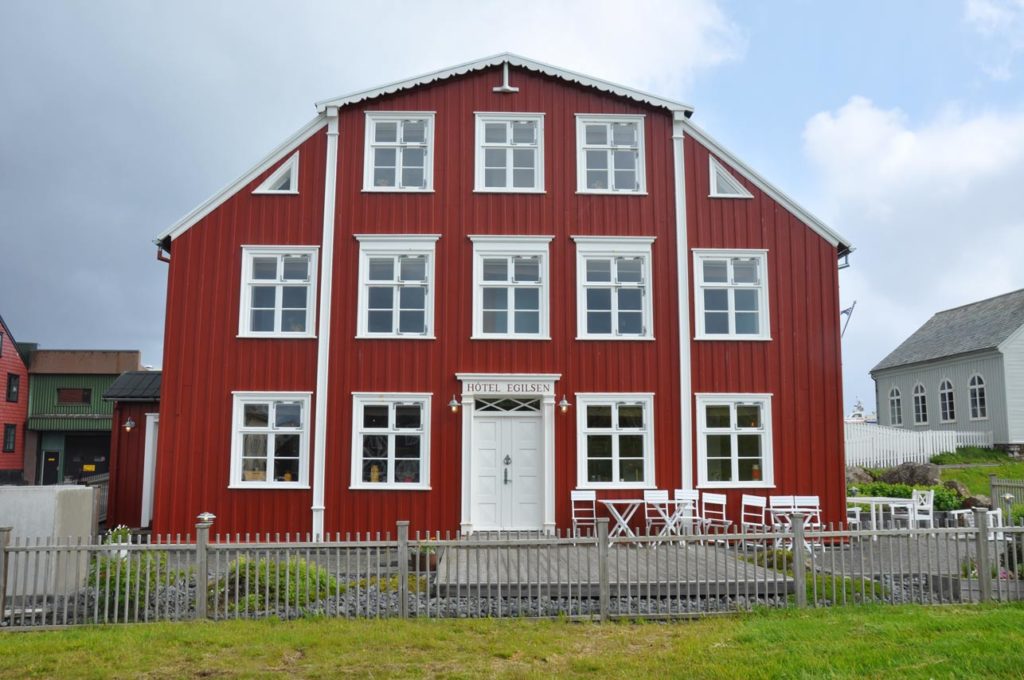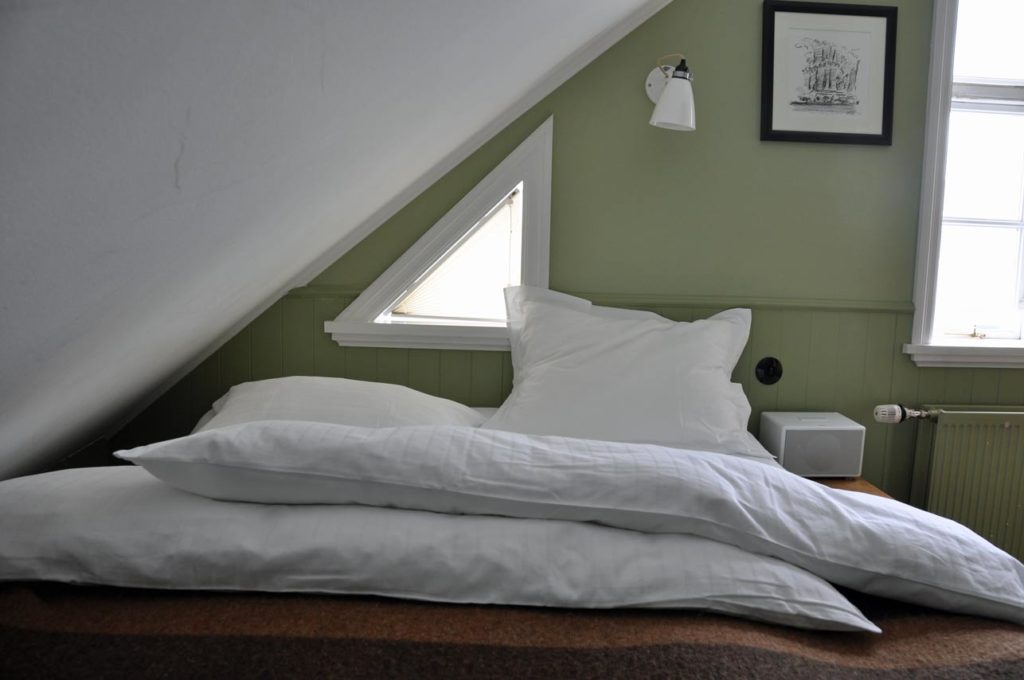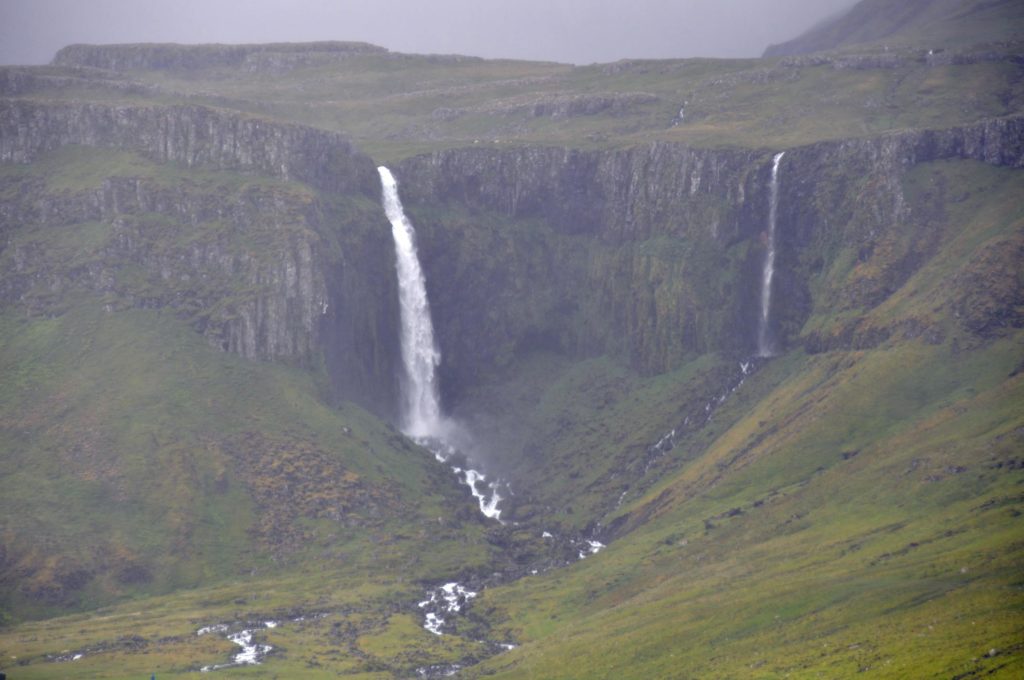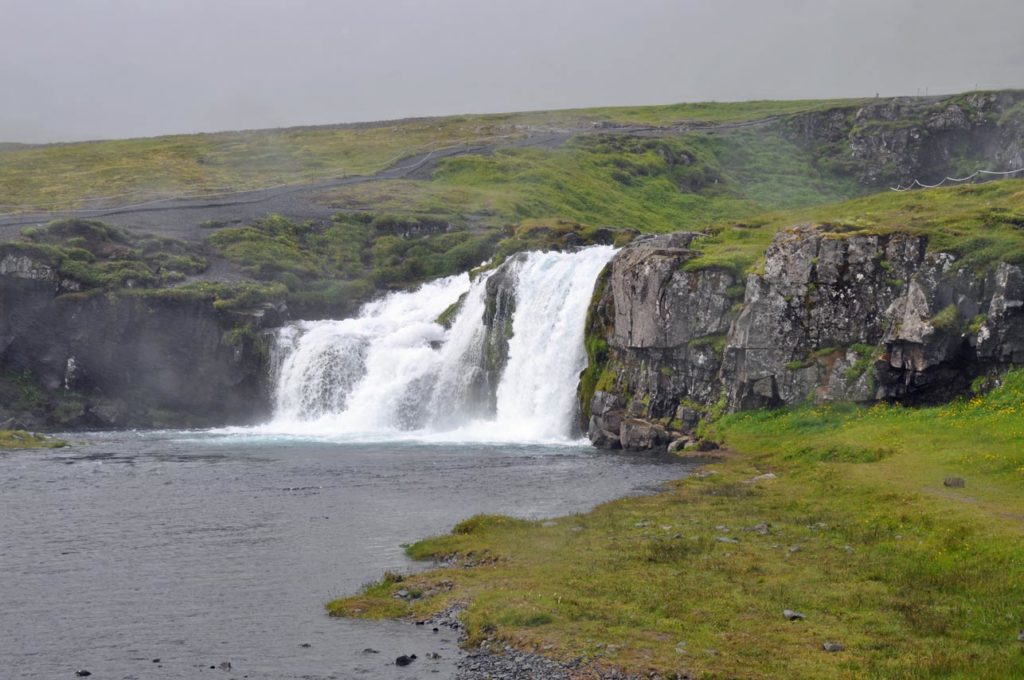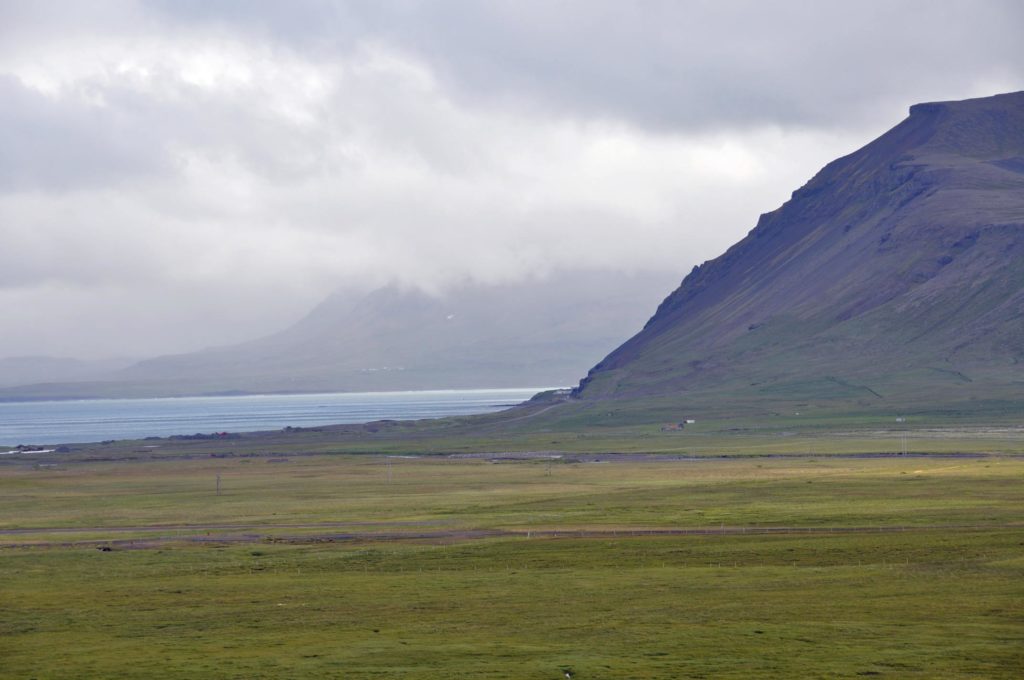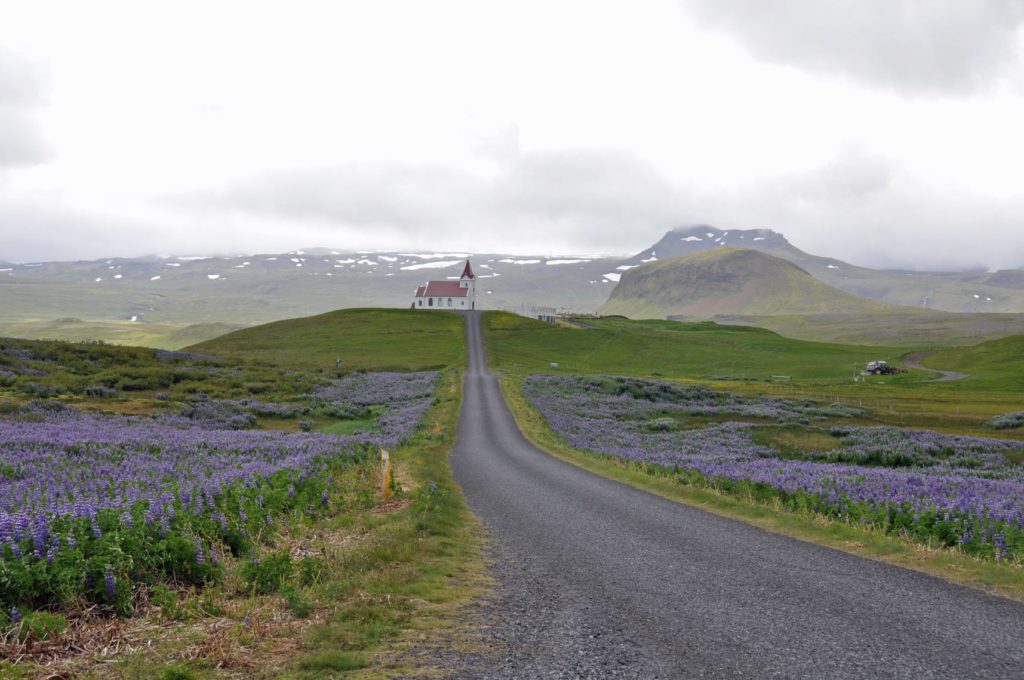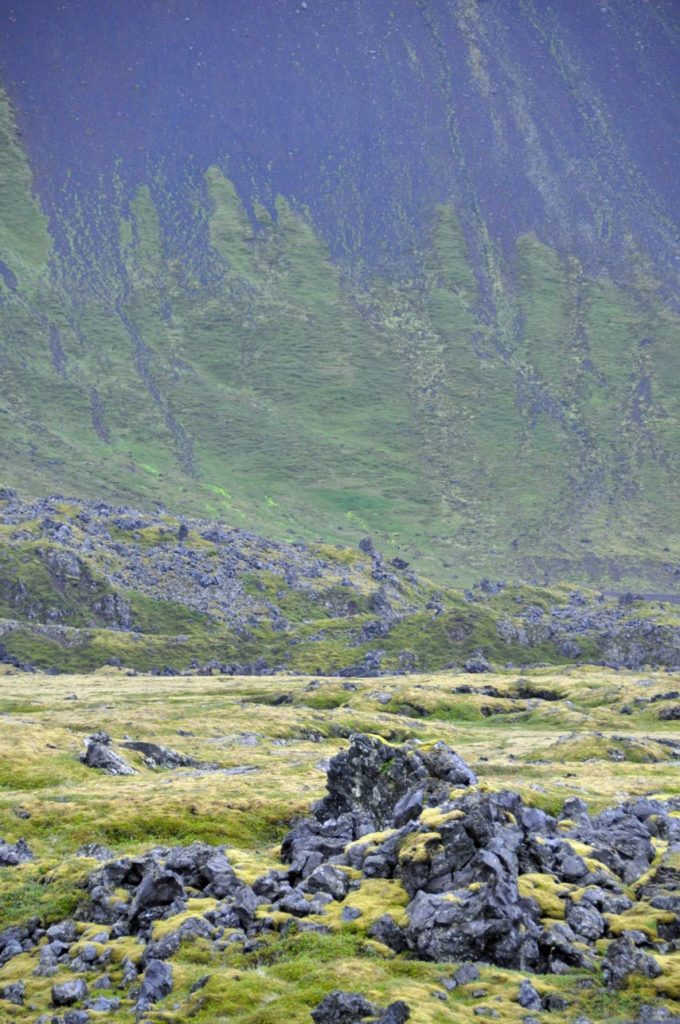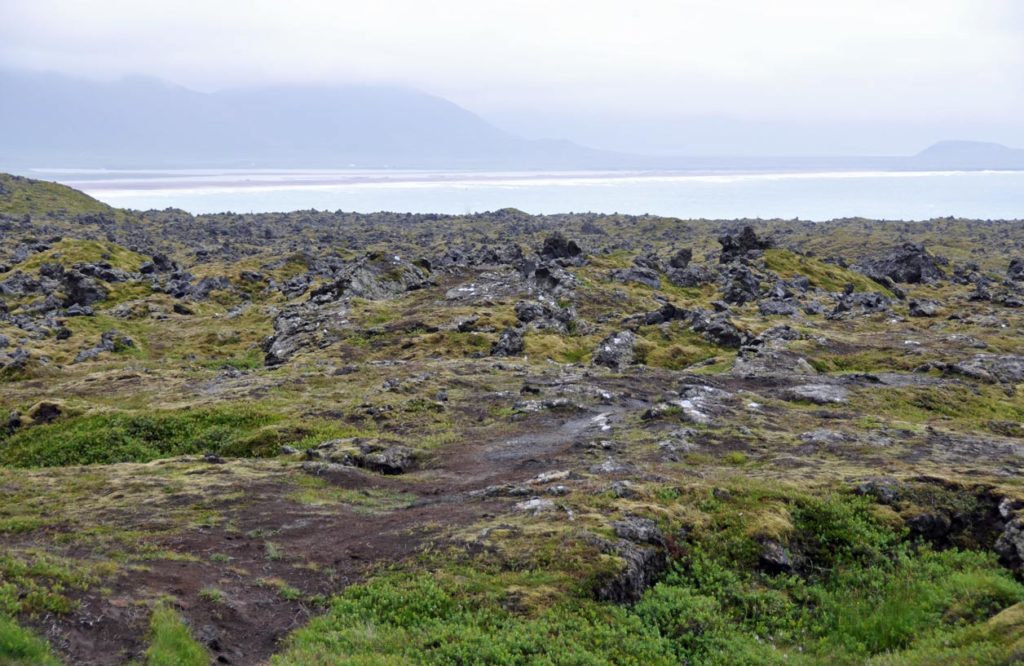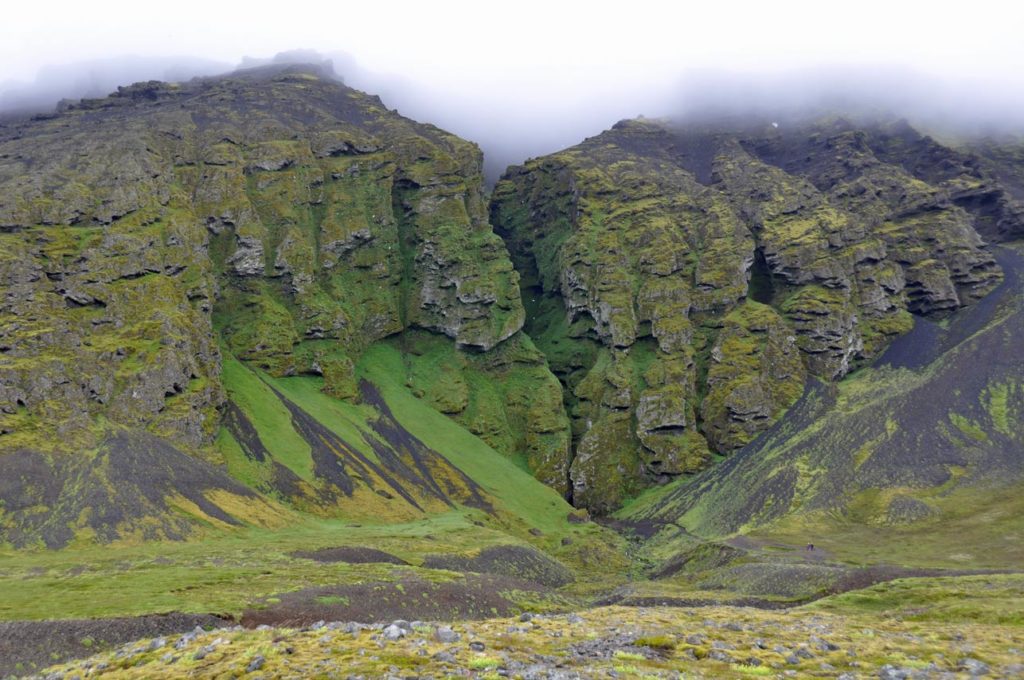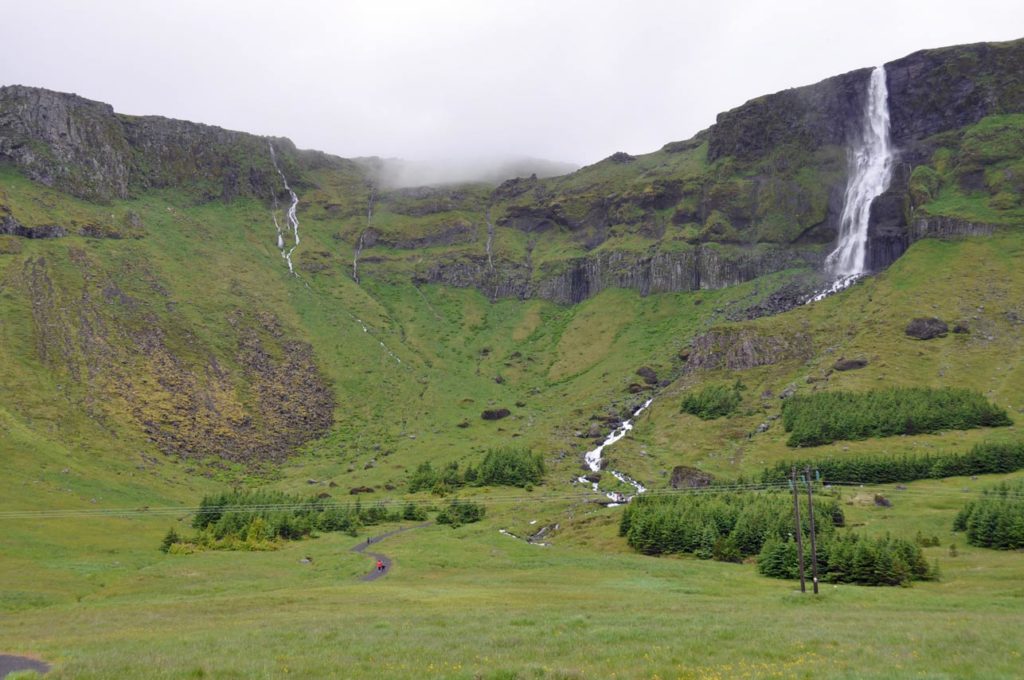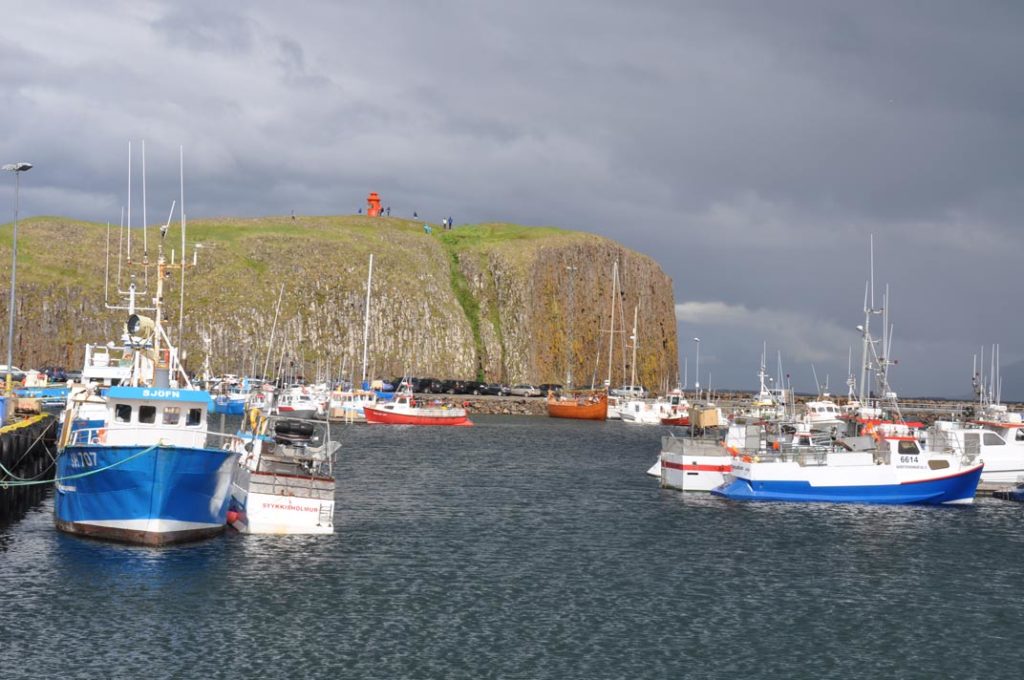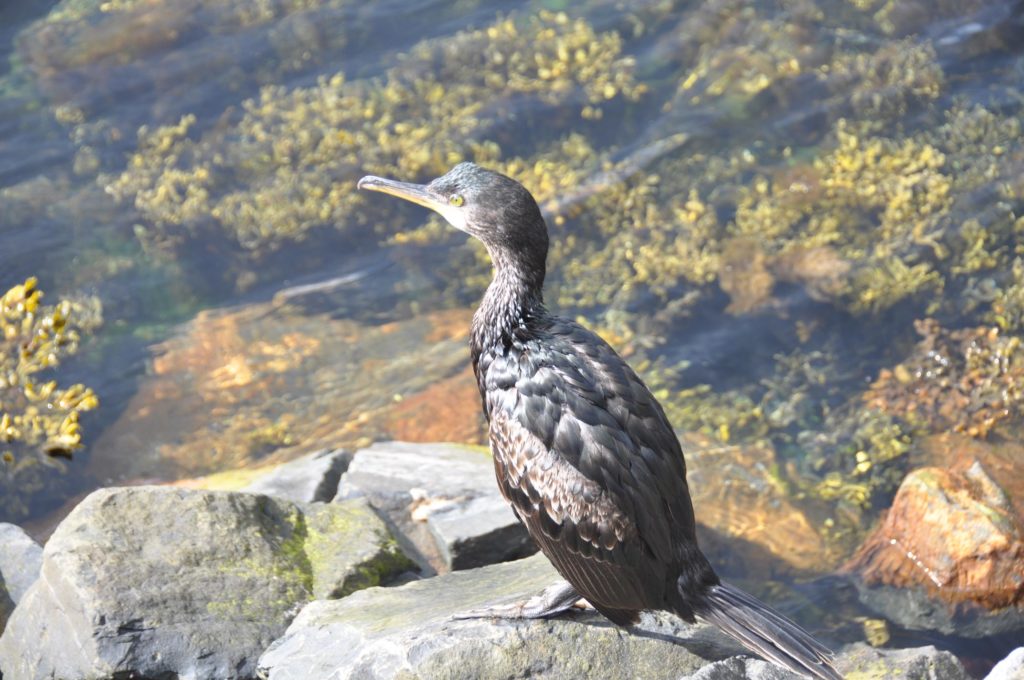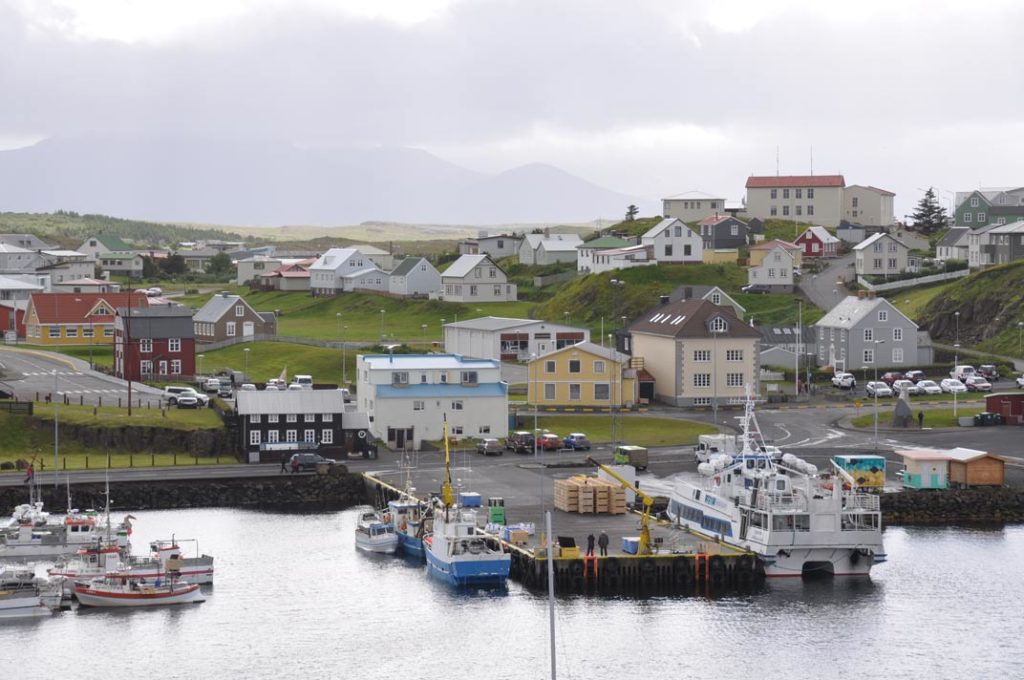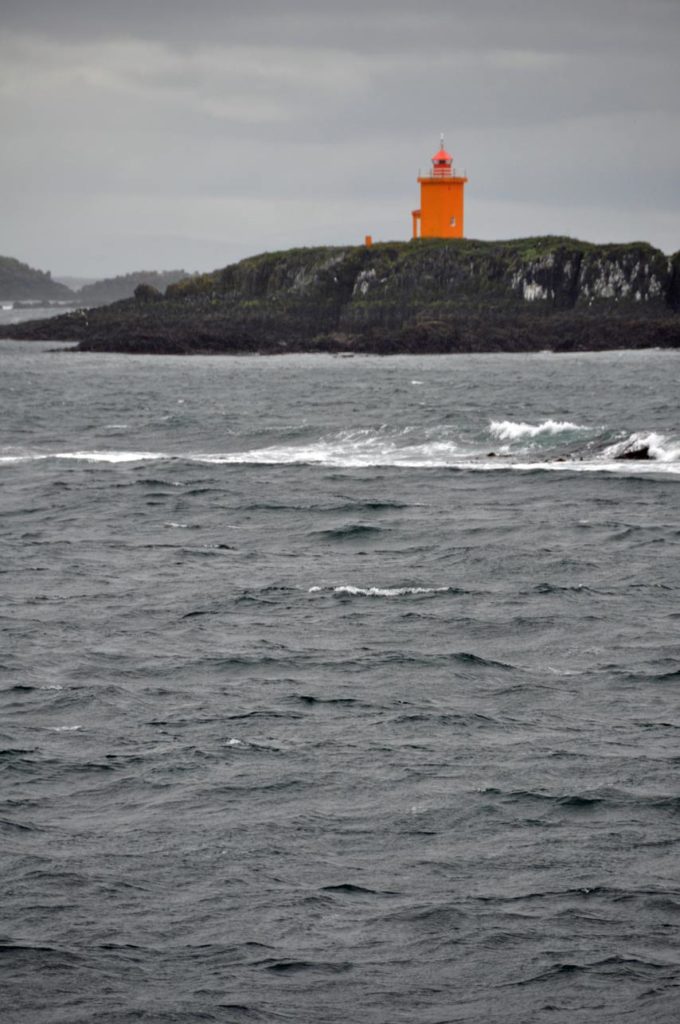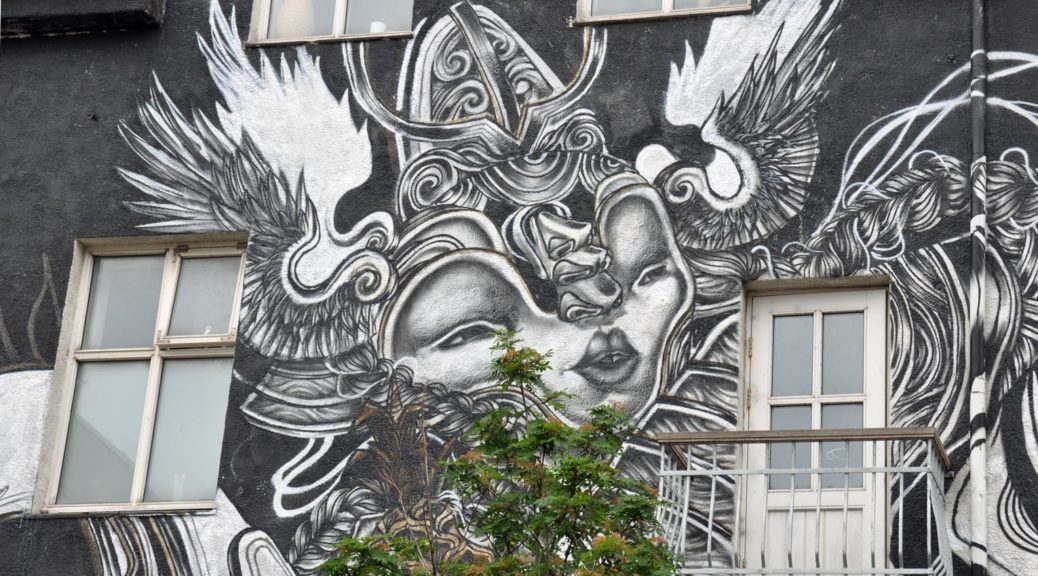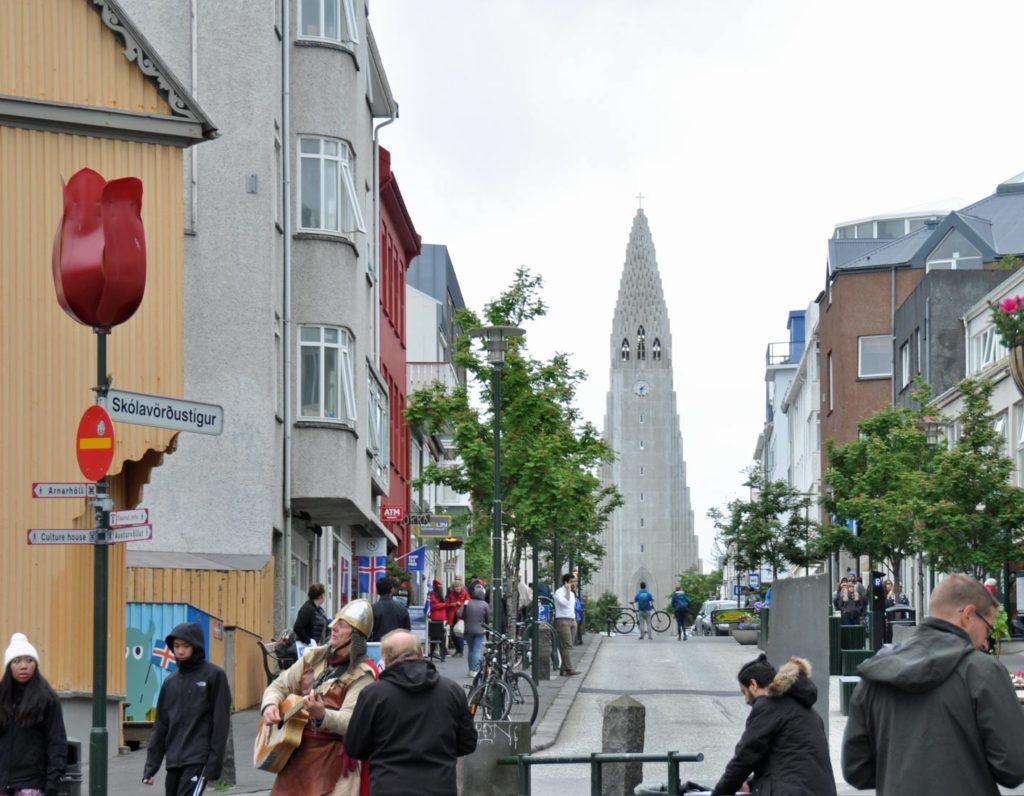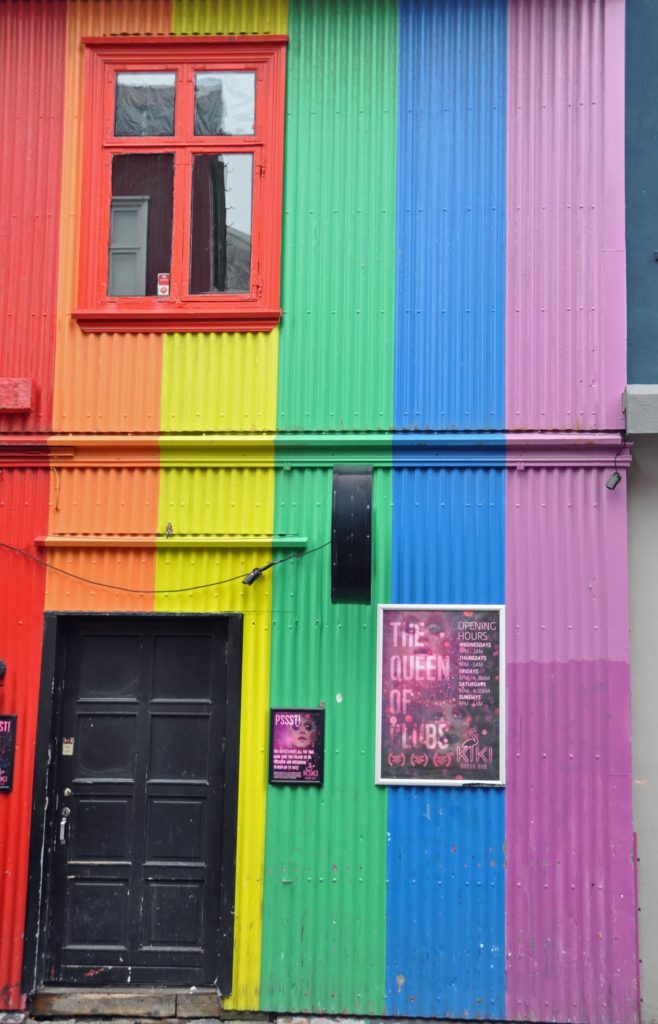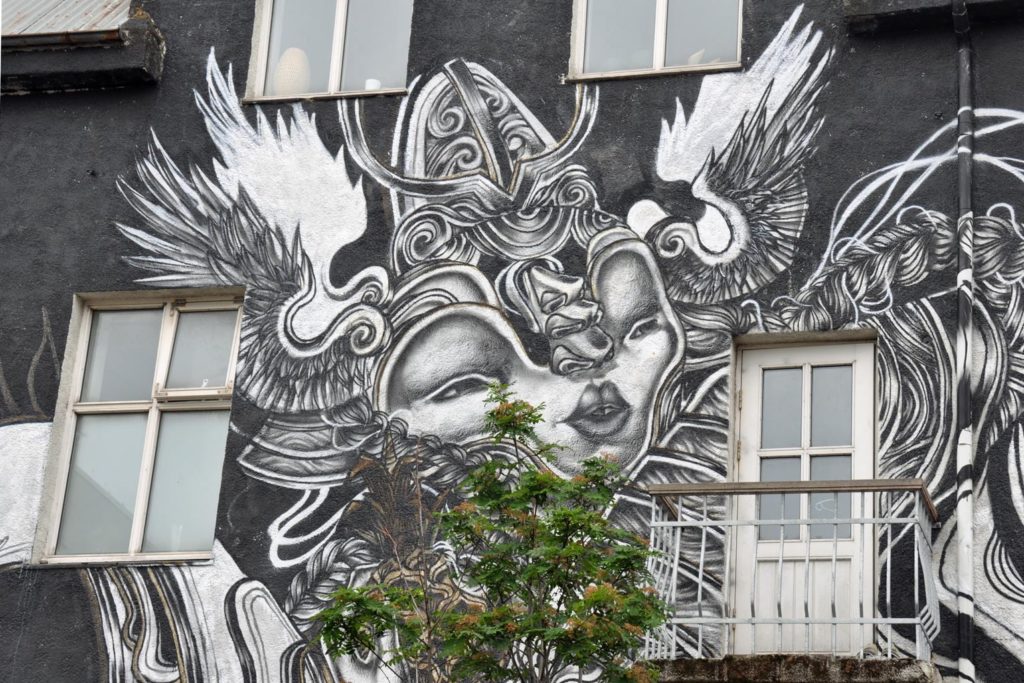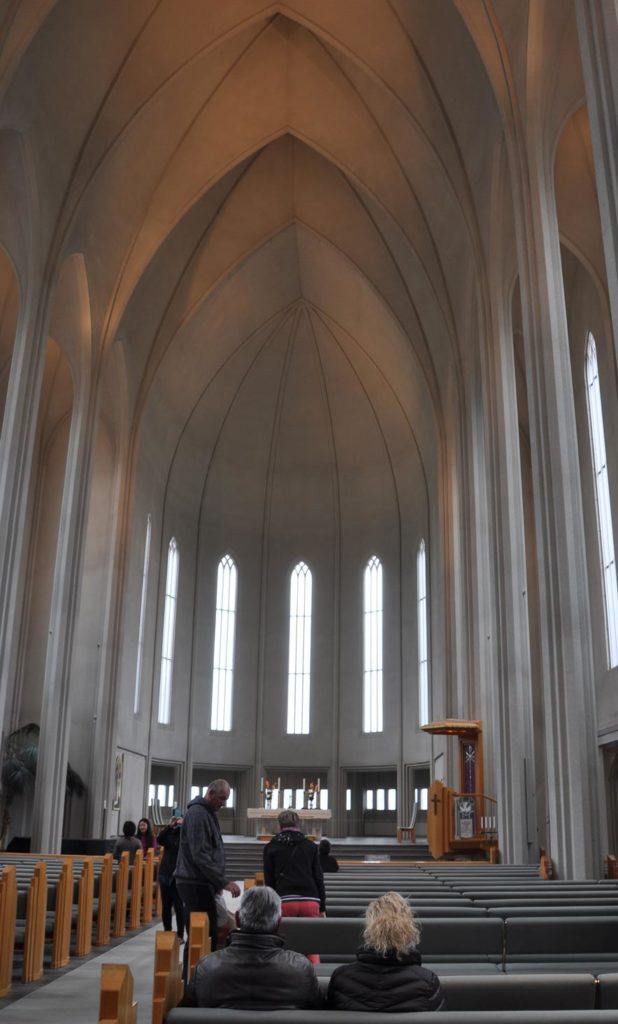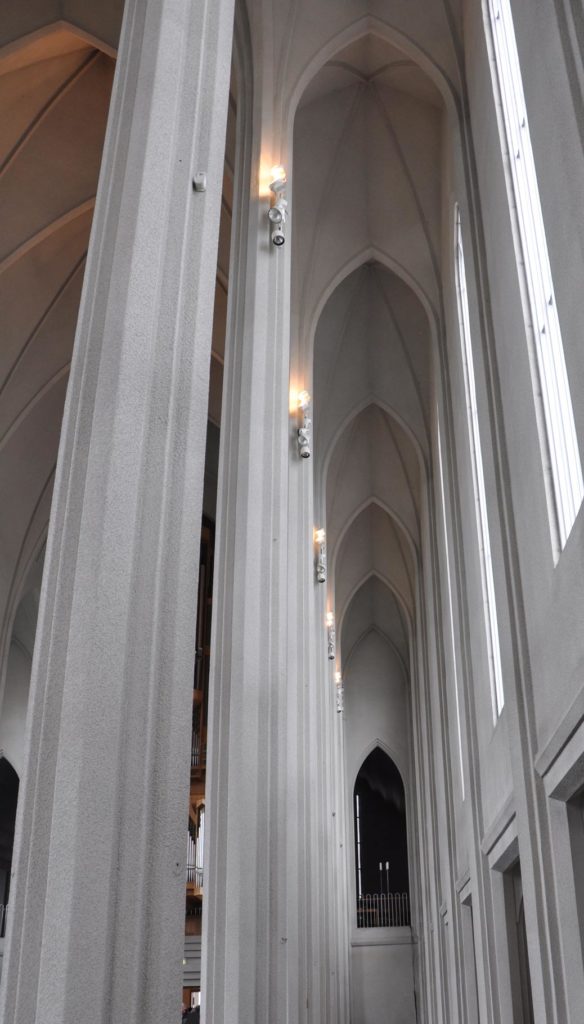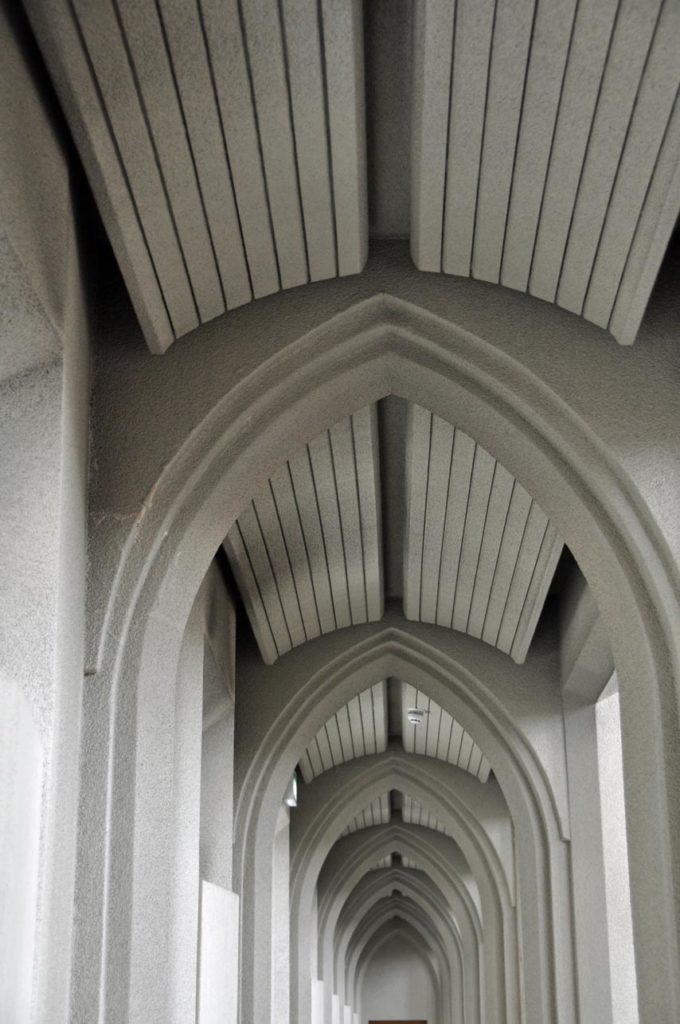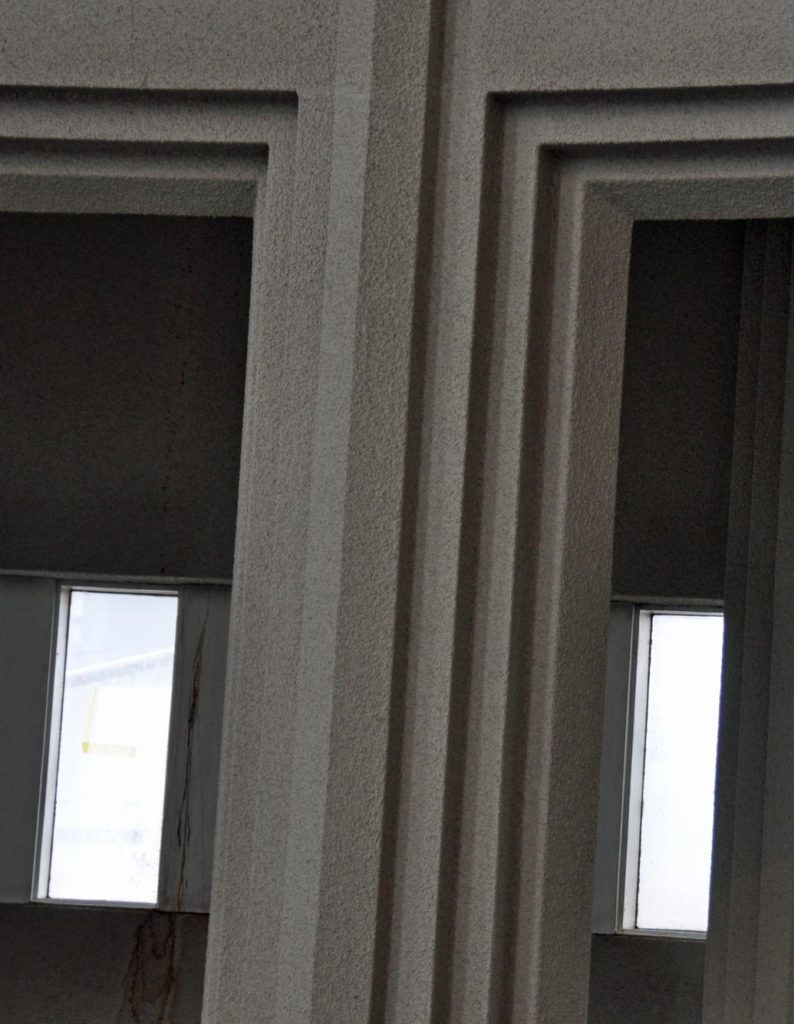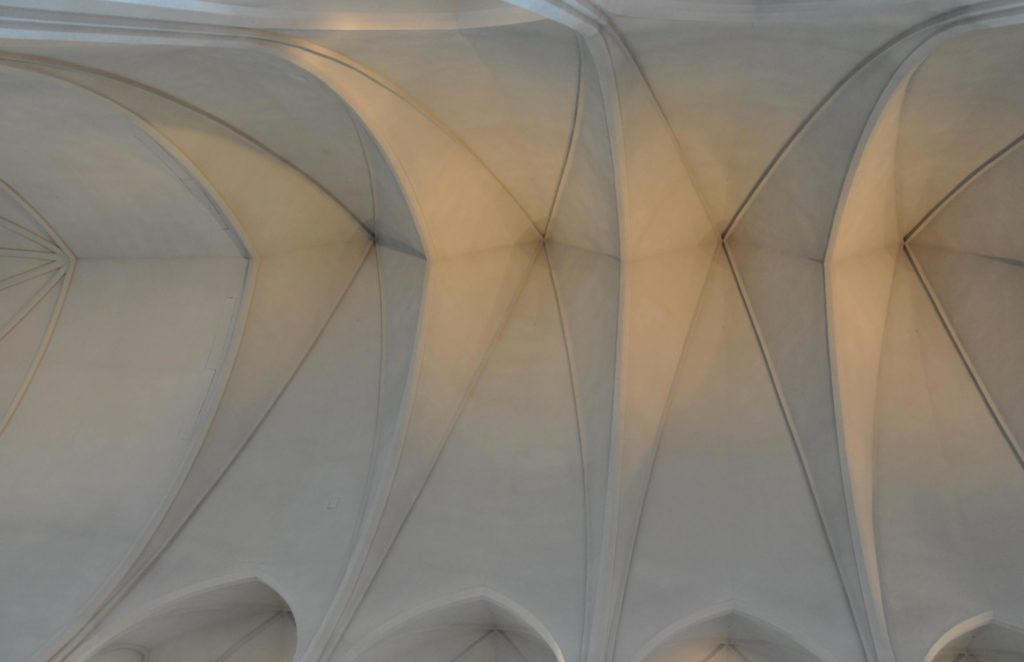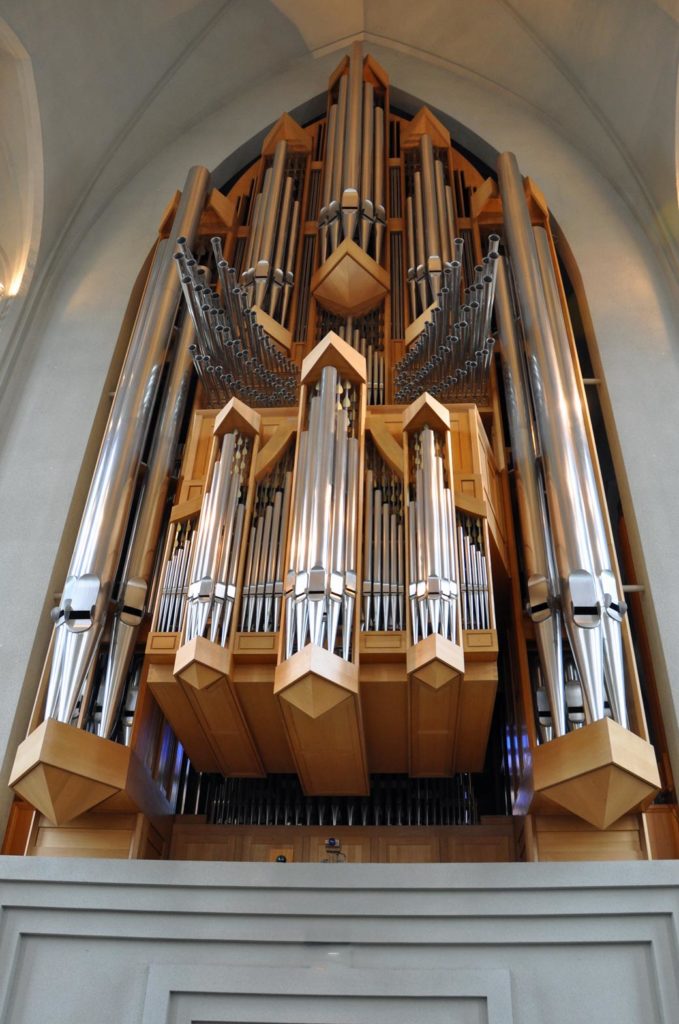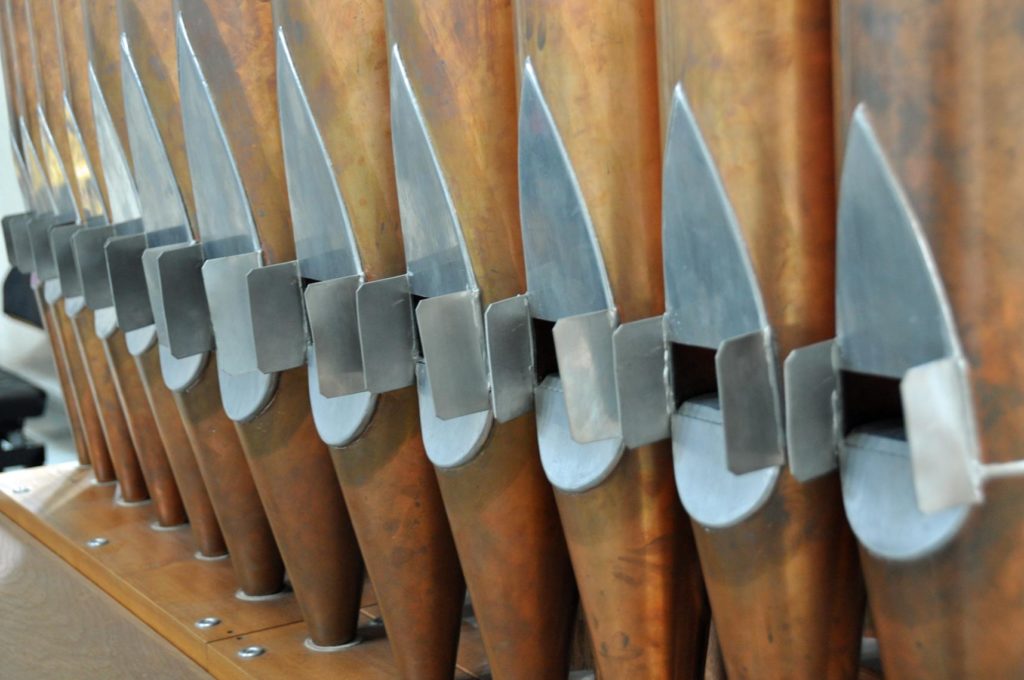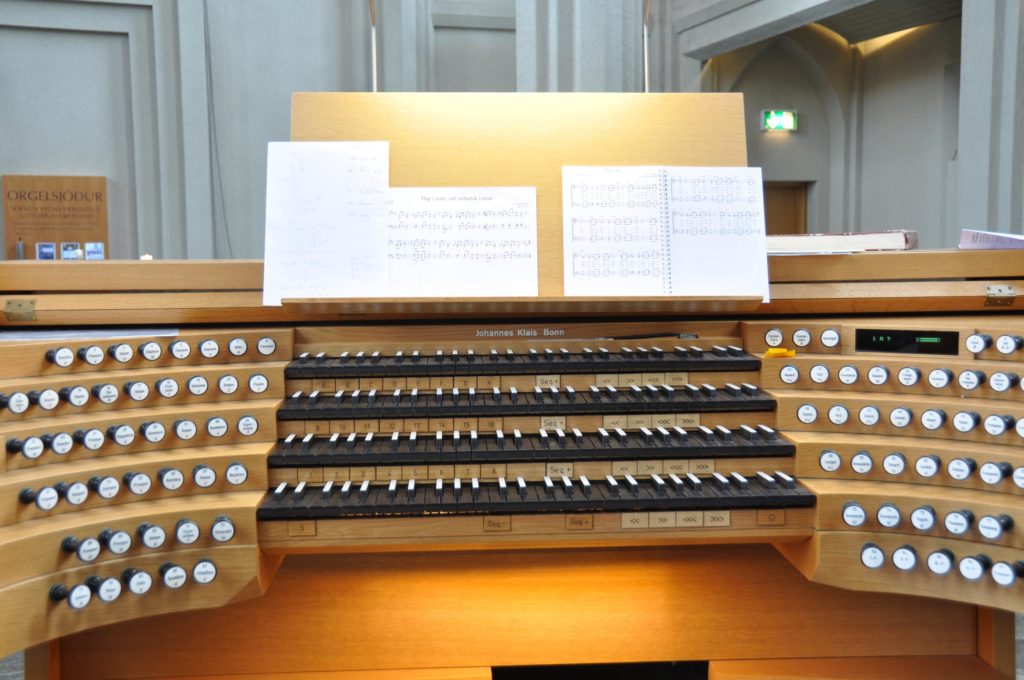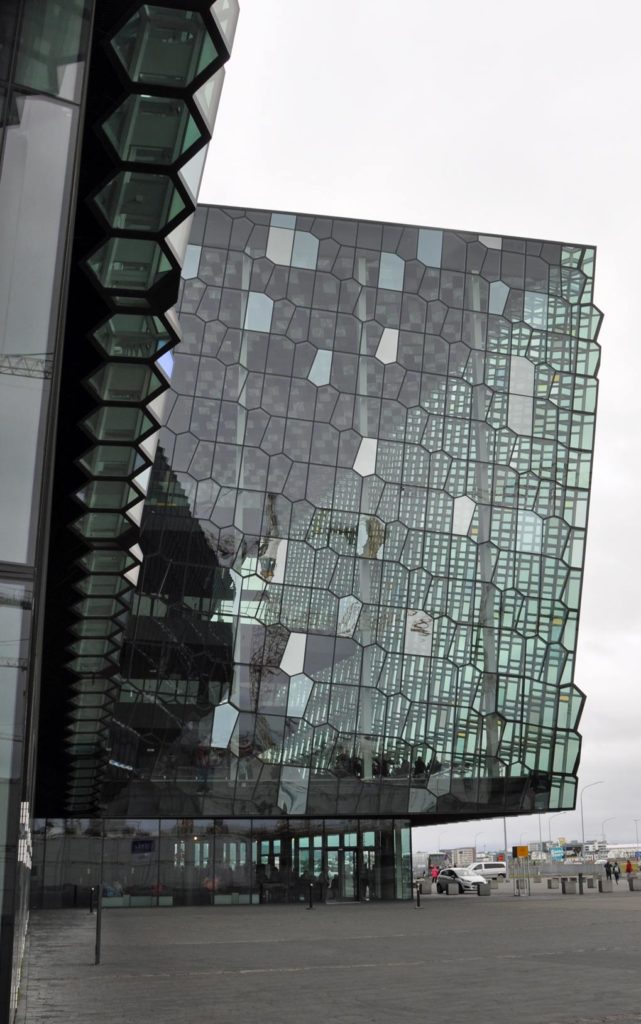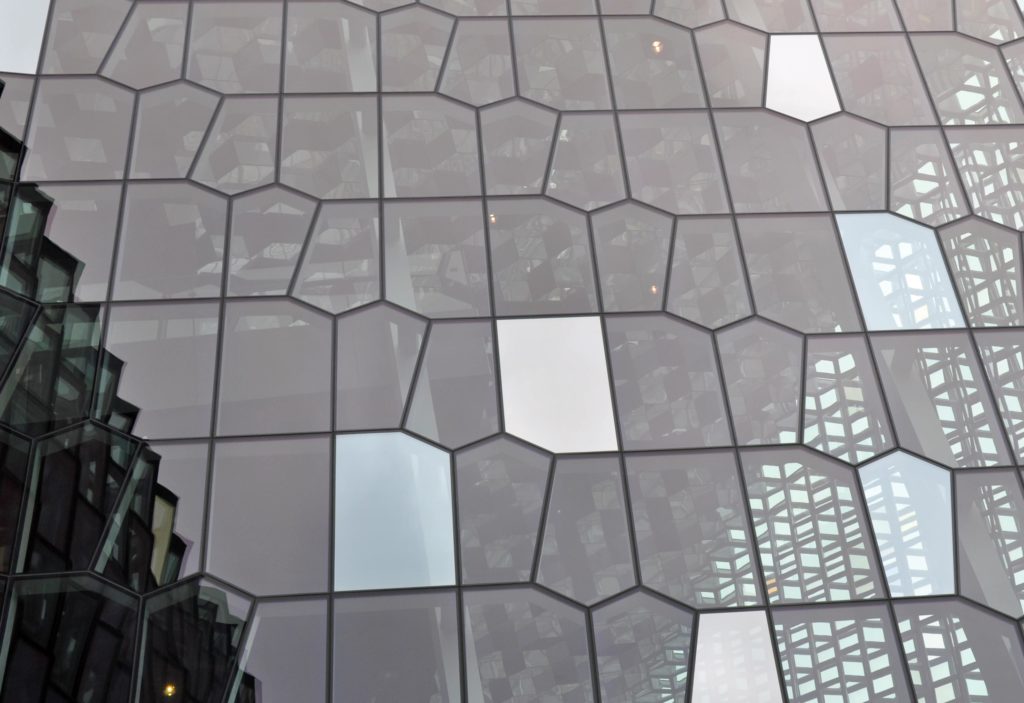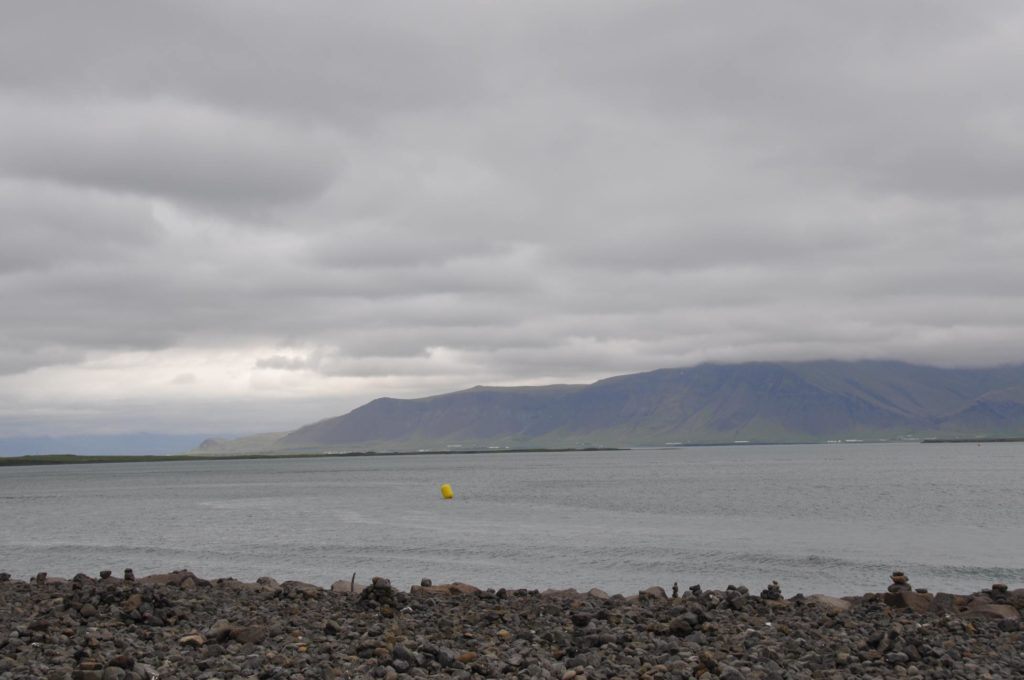My youngest daughter is safely through A levels to her preferred university, studying her preferred course, a four year MEng. in general engineering.
& of course I have managed to mislay the list of things that we need to do now but to a certain extent it’s all just waiting to hear back from the university on accommodation.
We’ll need to set up a student bank account, which means taking a look around to see what each one offers. In practical terms it’s easiest to open an account if a parent already has an account there, but that gives us a choice of 3-4 banks. That’s a morning trip to the nearest branch and an hour or so spent filling forms. At the same time we could update here ISA savings account to make it an adult account she can link to her current account for savings. It’s not a bad idea to get them started saving a small sum each month.
We need to organise a student railcard though its a university where it makes sense to drive for the second and third year so maybe not a railcard for all 3 years.
Assuming that she gets offered self-catering then we will need to dig out whatever is left and still suitable from her sister’s first year (single quilt and bedlinen hopefully) before heading off to Ikea or similar to buy some pots and pans etc.
University checklist: Important documents
- Passport (or other ID)
- All official university correspondence, including acceptance letter
- All student loan correspondence (to keep track of when your loan is due, and so you can follow up if necessary)
- Details of accommodation and contract
- Bank account details and recent bank correspondence
- Bank card
- National insurance card/details
- Student discount cards (e.g. 16-25 Railcard, NUS card)
University checklist: Electricals
- Laptop or desktop computer
- Mobile phone and charger
- Extension cable/s
- USB memory stick (for backing up important assignments)
- Headphones
- Speakers
University checklist: Stationery
- Pens and pencils
- A4 lined notepad(s)
- A4 binder(s)
- Highlighters
- Post-it notes
- Calendar/diary
- Paper clips
- Stapler
- Sticky tape
- Course readers and other study books
University checklist: Kitchenware
- Cutlery (tea spoons, tablespoons, knives and forks – enough for yourself)
- Crockery (plates, bowls and mugs – enough for yourself)
- Other utensils (e.g. chopping board and sharp knife, wooden spoon, spatula, cheese grater, potato masher, colander, bottle opener, tin opener)
- Saucepan and frying pan
- Kettle and or toaster for own room
- Scissors (do not attempt to double up as toenail clippers)
- Baking tray
- Tupperware container(s)
- Washing up liquid and sponge
- Recipe book
- Snacks (going to university without biscuits is like going to Barbados without a sunhat)
- TeaTowel
University checklist: Bedroom
- Mattress protector
- Duvet and pillows (at least 3 pillows because they’re useful cushions if you have guests in your room, and you want guests)
- Duvet cover and pillow covers
- Blankets
- Laundry bin (doesn’t have to be wicker, a large and strong plastic bag will do!)
- Clothes hangers
- Alarm clock (as a backup for the day when you inevitably drop your phone down the toilet)
- Desk lamp
- Ear plugs
- doorstop
University checklist: Bathroom
- Toothbrush and toothpaste
- Wash bag (especially useful if you’re sharing a bathroom which is a short walk away from your bedroom)
- Soap
- Shampoo and conditioner, Shower gel
- Deodorant
- Razor
- Towel (x2)
- Hand towel
- Flannel
- Hair brush, hairdryer
- Toilet roll
- Tampons/sanitary towels
University checklist: Healthcare
- Any personal medications and prescriptions
- Basic first aid kit (e.g. pain relief tablets, plasters, cold and flu medication, allergy tablets, antibacterial lotion or spray)
- Details of current GP and doctor’s surgery
- Glasses and prescription
- Multivitamins
- Birth control pills and/or condoms
Note: All new university students should register with a local doctor’s surgery early on in university life. This will save you having to wait for hours at a drop-in center filling out forms on the day that you’re actually ill.
University checklist: Miscellaneous
- Sturdy bag (capable of carrying stacks of books)
- Photographs of friends and family
- Small sewing kit
- Matches or a lighter
- Films/TV series boxsets
- Board/card games (e.g. Monopoly, Hungry Hippos or a pack of cards)
- Hair dryer/ hair straighteners etc.
